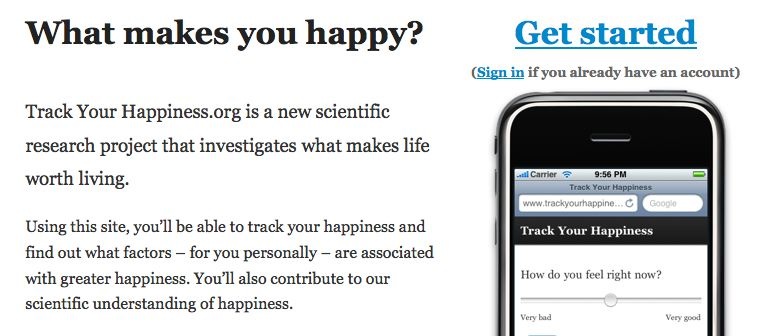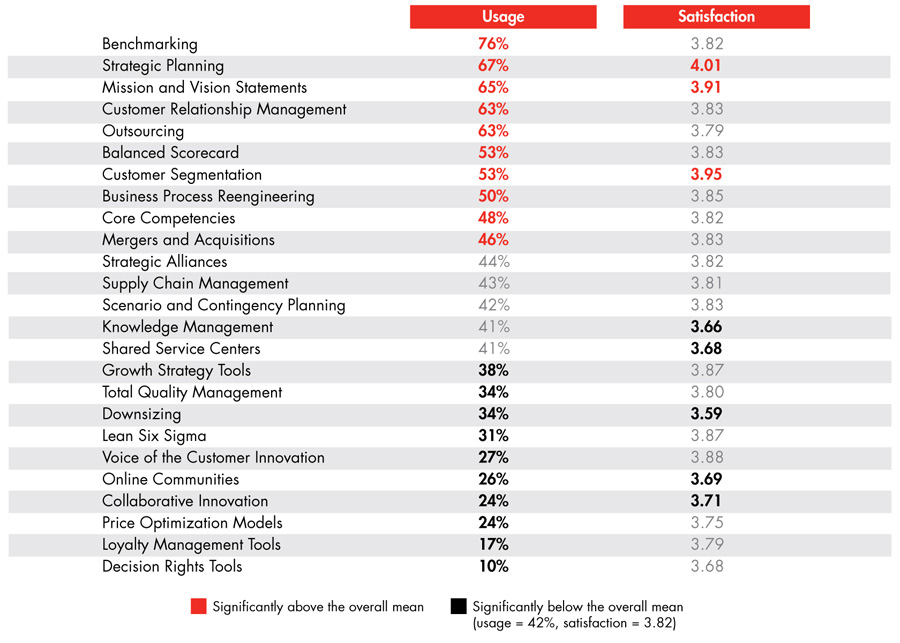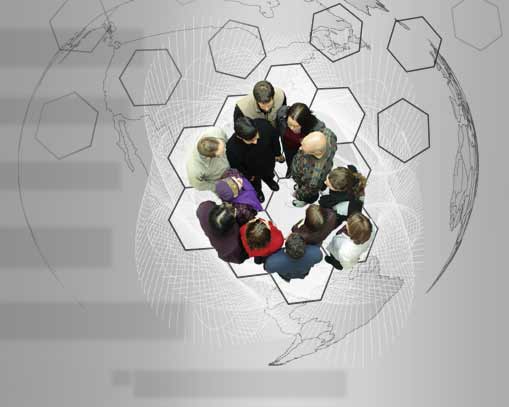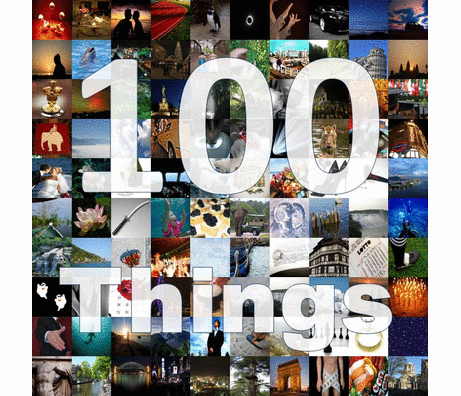Placebos Without Deception – New Change Tool?
Saturday, December 25th, 2010 The placebo effect is powerful and widespread in medicine. It involves patients getting better when they take a medication or therapy that has no clinical value or active ingredients. Often used as a control to test the efficacy of other treatments, the impact of placebos demonstrates the power of perception and belief in creating change. Indeed, the placebo effect is one reason I am high on cognitive design, a think-and-feel can have as much functional impact as a hammer and nail. It is the real thing not frosting on the design cake. It turns out we all have our placebos.
The placebo effect is powerful and widespread in medicine. It involves patients getting better when they take a medication or therapy that has no clinical value or active ingredients. Often used as a control to test the efficacy of other treatments, the impact of placebos demonstrates the power of perception and belief in creating change. Indeed, the placebo effect is one reason I am high on cognitive design, a think-and-feel can have as much functional impact as a hammer and nail. It is the real thing not frosting on the design cake. It turns out we all have our placebos.
Leveraging placebos outside of clinical trials involves deception and raises ethical issues. But do you have to deceive people for placebos to work? According to a recent study by the Harvard Medical School, Placebos Work – Even Without Deception, the answer is no. They found that nearly twice the patients with irritable bowel syndrome that knowingly took placebos experienced symptom relief. The control or comparion group took nothing.
It was very clear that placebos were being used:
“Not only did we make it absolutely clear that these pills had no active ingredient and were made from inert substances, but we actually had ‘placebo’ printed on the bottle,” says Kaptchuk. “We told the patients that they didn’t have to even believe in the placebo effect. Just take the pills.”
 If this effect can be reproduce in other contexts it signals an important development for cognitive designers. It illustrates the importance of ritual (in this case the clinical ritual of taking medications) in creating change. This may support arguments claiming prayer, teaching and leadership communication involve placebo-like effects.
If this effect can be reproduce in other contexts it signals an important development for cognitive designers. It illustrates the importance of ritual (in this case the clinical ritual of taking medications) in creating change. This may support arguments claiming prayer, teaching and leadership communication involve placebo-like effects.
It is the belief in positive outcomes amplified by the psychology of authority-led rituals that is doing the work not the science of the intervention!
How might leaders and mangers driving behavior and organizational change put this to use? Can we label a change technique or management idea a placebo and generate results?









